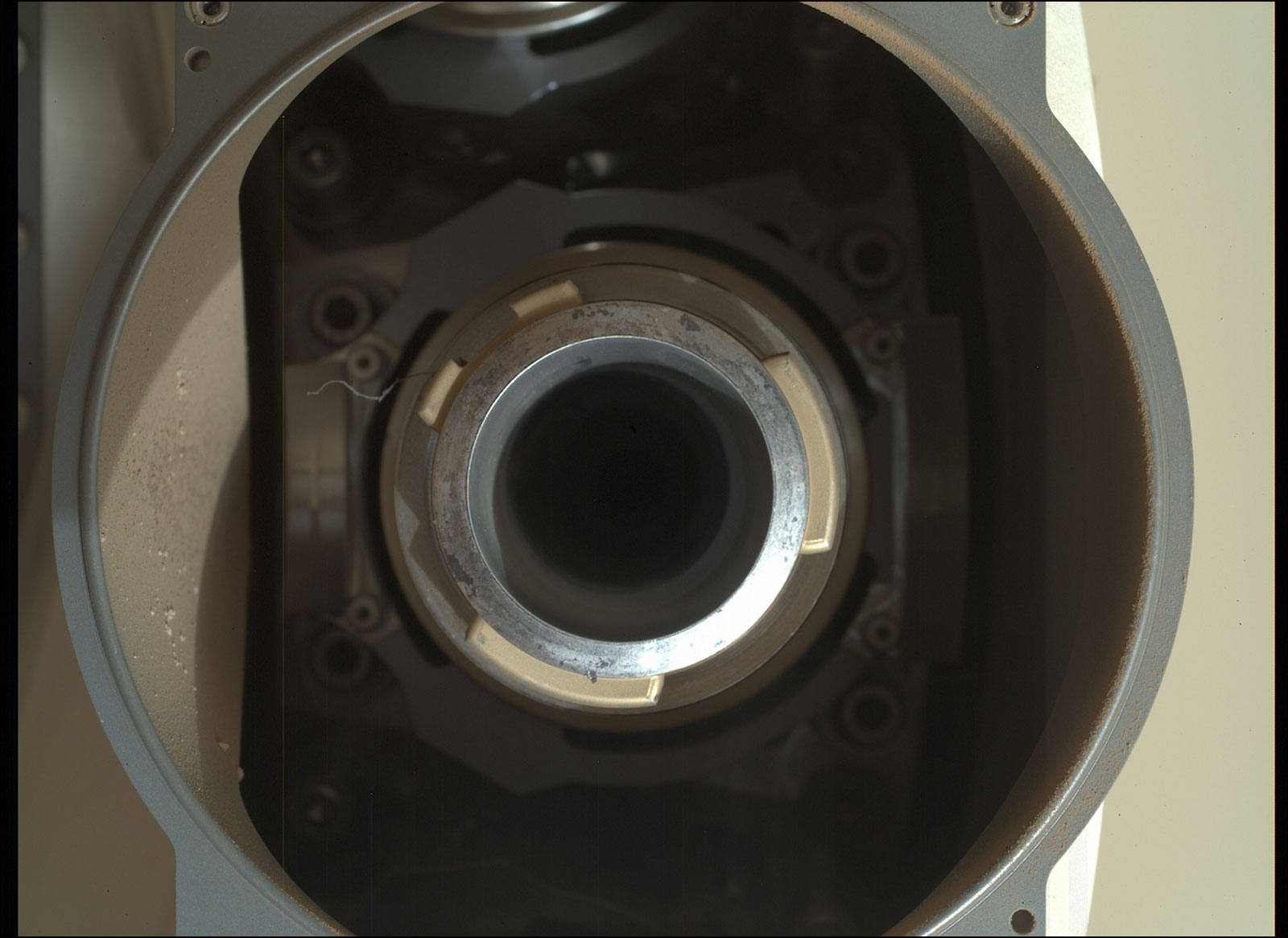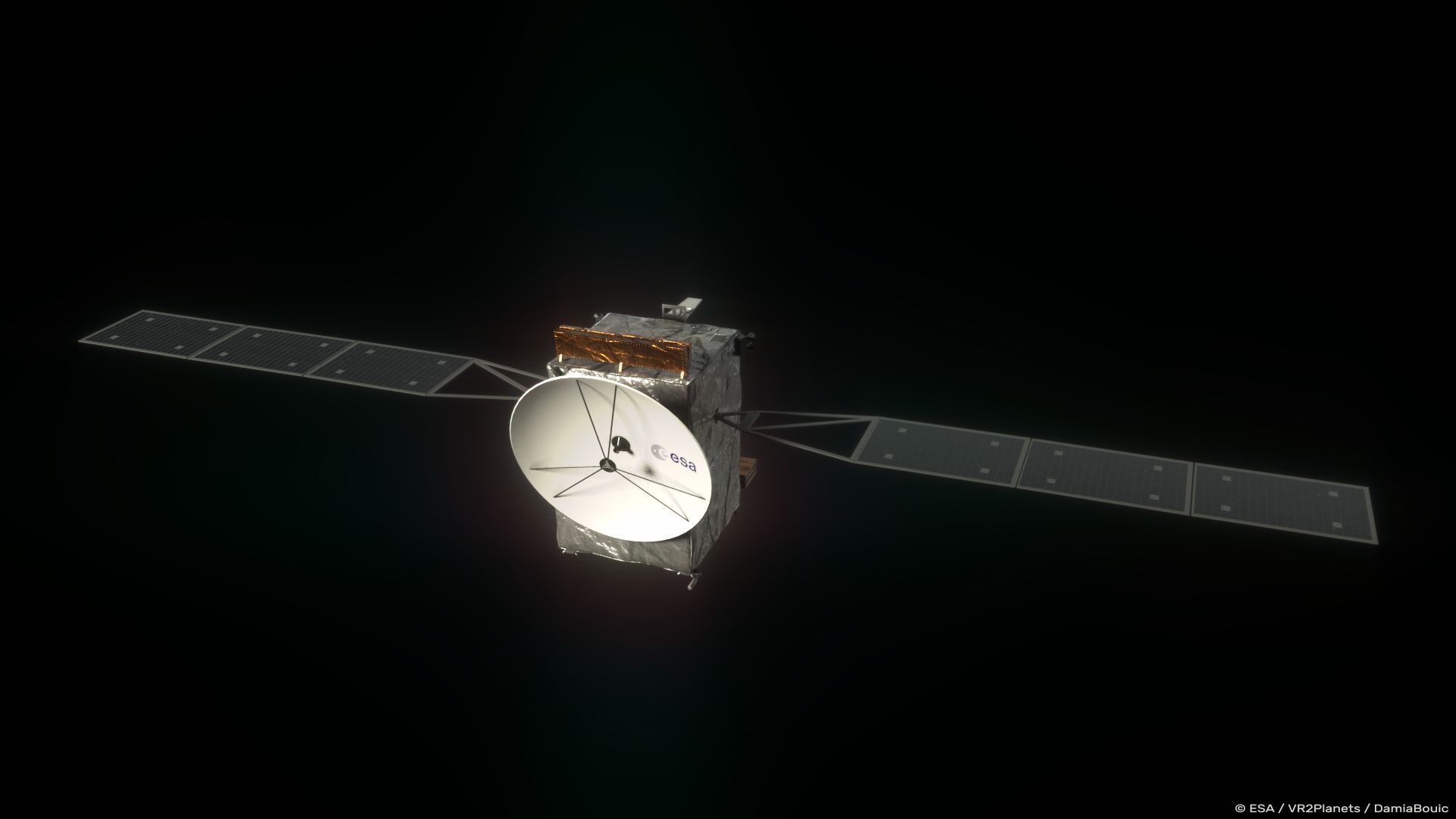A team of scientists using the James Webb Space Telescope have just released the largest image taken by the telescope so far. The image is a mosaic of 690 individual frames taken with the telescope’s Near Infrared Camera (NIRCam) and it covers an area of sky about eight times as large as JWST’s First Deep Field Image released on July 12. And it is absolutely FULL of stunning early galaxies, many never seen before. Additionally, the team may have photographed one of the most distant galaxies yet observed.
Continue reading “Here’s the Largest Image JWST Has Taken So Far”Here’s the Largest Image JWST Has Taken So Far










